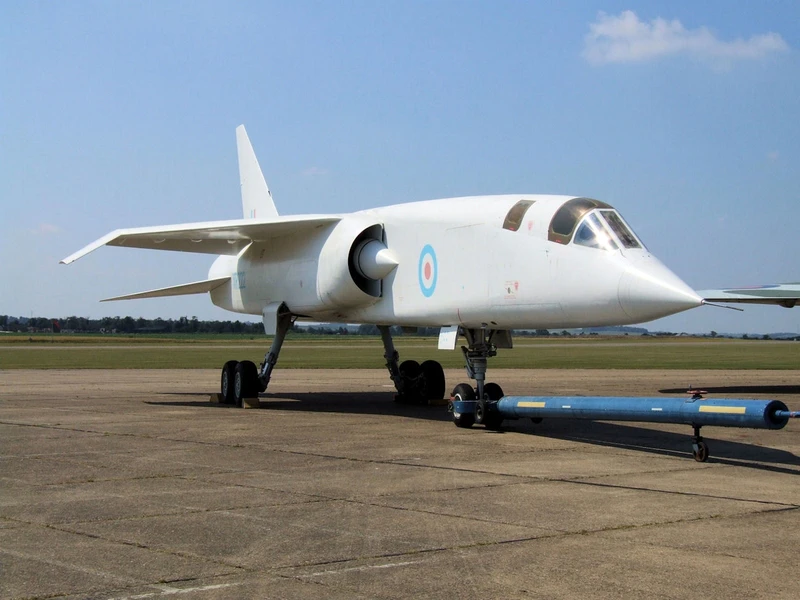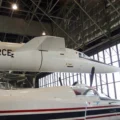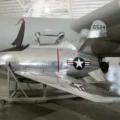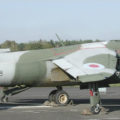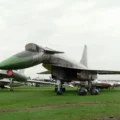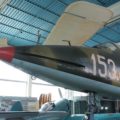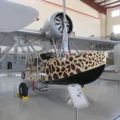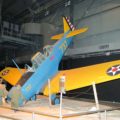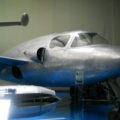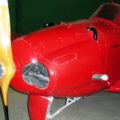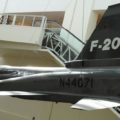Britų orlaivių korporacija TSR-2 ("taktinis smūgis ir žvalgyba 2") buvo atšauktas Šaltojo karo smogiamasis ir žvalgybinis lėktuvas, kurį 1950-ųjų pabaigoje ir 1960-ųjų pradžioje Karališkosioms oro pajėgoms (RAF) sukūrė Britų orlaivių korporacija (BAC). TSR-2 buvo suprojektuotas taip, kad įsiskverbtų į gerai ginamą priekinę mūšio zoną mažame aukštyje ir labai dideliu greičiu, o po to atakuotų didelės vertės taikinius gale su branduoliniais ar įprastiniais ginklais. Kitas numatytas kovinis vaidmuo buvo teikti didelio aukščio, didelio greičio budėjimą, šoninius radarus ir fotografinius vaizdus bei signalų žvalgybą, žvalgybą iš oro. Tik vienas lėktuvo korpusas skrido ir bandomieji skrydžiai, o svorio padidėjimas projektavimo metu rodė, kad orlaivis negalės atitikti savo pradinių griežtų konstrukcijos specifikacijų. Projektinės specifikacijos buvo sumažintos dėl skrydžio bandymų.
Šaltinis: BAC TSR-2 Vikipedijoje
Daugiau informacijos:
2007 BAC TSR-2 was a cancelled Cold War strike and reconnaissance aircraft developed by the British Aircraft Corporation (BAC) for the Royal Air Force (RAF) in the late 1950s and early 1960s. The TSR-2 was designed to penetrate well-defended frontline areas at low altitudes and very high speeds, and then attack high-value targets in rear areas with conventional or nuclear weapons. It was also capable of high-altitude, high-speed reconnaissance missions with advanced sensors and cameras. The TSR-2 was a highly advanced and complex aircraft, featuring a variable-geometry wing, a powerful radar, a terrain-following system, an electronic countermeasures suite, and a sophisticated navigation and weapon-aiming computer.
The TSR-2 was powered by two Bristol Siddeley Olympus 22R turbojet engines with afterburners, giving it a maximum speed of over Mach 2. The TSR-2 had a large internal bomb bay and four underwing pylons for carrying up to 4.5 tonnes of ordnance. The TSR-2 project faced many technical and political challenges, as well as rising costs and inter-service rivalry. Only one prototype flew, making 24 test flights between September 1964 and March 1965. The project was controversially cancelled in April 1965 by the Labour government, which decided to order an adapted version of the American General Dynamics F-111 instead. However, this decision was also reversed later, leaving the RAF without a suitable replacement for its ageing Canberra bombers. The TSR-2 remains one of the most famous examples of a cancelled British aircraft project, and a symbol of the decline of the British aerospace industry in the 1960s.
